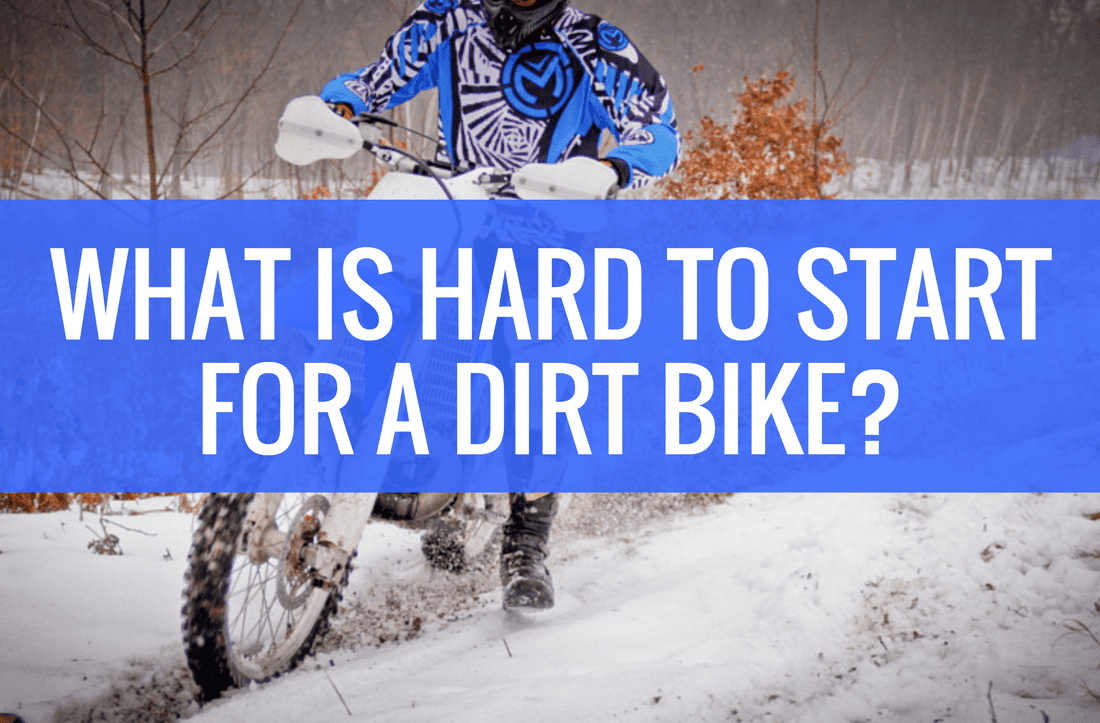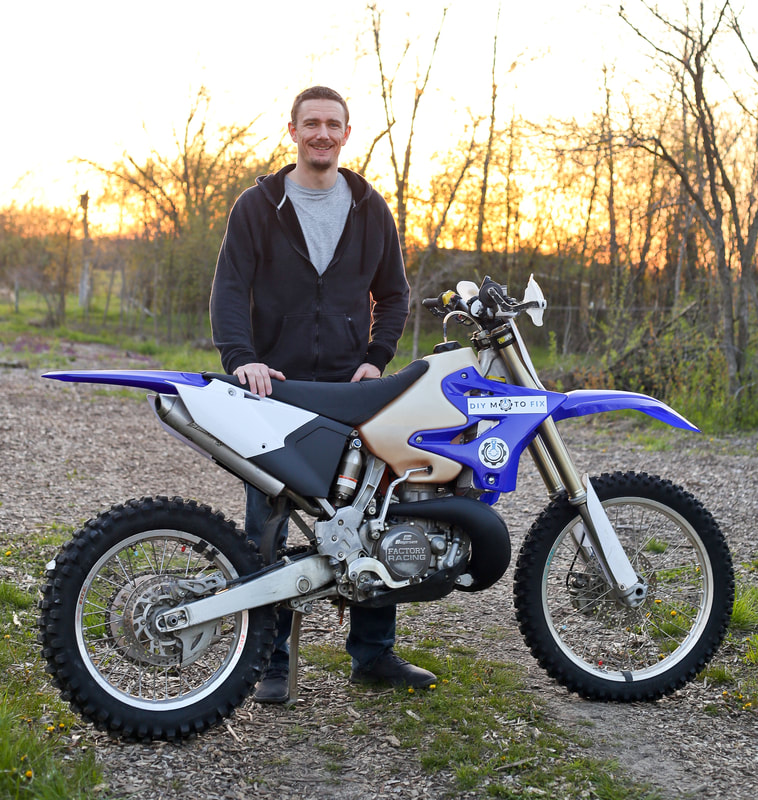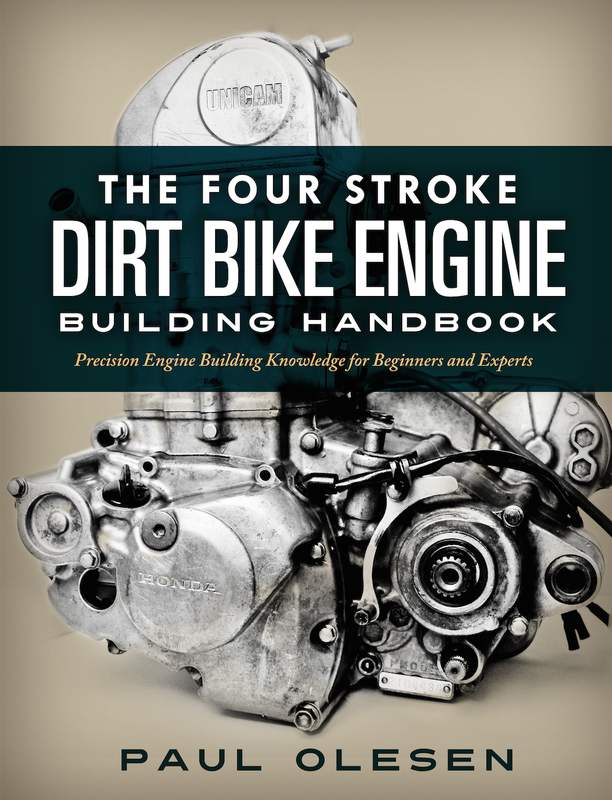This question seems like a simple one at first, but considering all the variables it is tough to answer outright. "Is the bike hot?", "Is the bike cold?", "Has the bike been sitting for several weeks?", "Is it carbureted or fuel injected?", "Was it just tipped over?", or "Was the float bowl just drained?"
In my opinion, each scenario I've questioned above invokes a slightly different answer. Combine this subjectivity with one's own personal starting routine and the ease of which the bike will fire up, the bottom line is it's going to be different for every rider.
As a rule of thumb, if my bike takes more than five kicks to fire up as time progresses I will begin investigating possible starting issues.
"What things might make a bike hard to start but not necessarily mean the engine needs to be torn apart?"
On most bikes there are two or three things that adversely affect how well the bike will start. On carbureted bikes the pilot jet circuit controls fuel flow from idle to about 1/4 throttle. The pilot jet has a very small orifice and clogs pretty easily. Once clogged the pilot jet is ineffective in delivering the necessary fuel to the engine and starting the bike becomes extremely difficult.
Old spark plugs are another culprit which might make a bike hard to start. If the plug is old and worn the spark will be weaker, making it more difficult to ignite the mixture. Keeping fresh plugs in the engine can greatly improve the bikes starting tendencies.
Temperature and altitude should also be thrown into the mix here. If for some reason you moved from sea level to 6,000ft, fueling requirements for starting will be different since the air density varies in relation to altitude. As altitude increases the density of air (i.e. the amount of oxygen in the air) decreases thus requiring leaner jetting to make the bike run correctly. Air density also varies with temperature. The warmer the air is - the less dense the air is. So if you have summertime jetting and it's now wintertime and the bike is harder to start, it shouldn't be a surprise. The colder temps require richer jets to be installed for the increased air density.
"How do I start a four-stroke dirt bike?" - Another good question that has lots of answers depending on the type of bike, if it is fuel injected, carbureted, hot, or cold. I'm going to assume most of the folks having trouble starting their bikes have carbureted bikes. I will provide my personal starting strategy I use on my CRF450 and if anyone is inclined to outline their strategy or provide alternatives to mine, feel free to leave a comment and share your knowledge.
When Cold
1. Fuel petcock turned on
2. Choke turned on
3. Twist throttle to wide open three times
4. Roll engine over with foot until compression stroke is found (on engines with decompression systems typically it will be possible to feel the decompression system working).
5. Kick repeatedly until bike starts (usually 3-5 kicks)
When Hot
1. Depress hot-start lever
2. Roll engine over with foot until compression stroke is found (on engines with decompression systems typically it will be possible to feel the decompression system working).
3. Kick repeatedly until bike starts (usually 1-3 kicks)
Some of you might be wondering why the throttle is twisted wide open three times and this is a great question if you're unfamiliar with the internals inside a four-stroke carburetor. The majority of dirt bikes produced in the past 10 years come equipped with a Keihin FCR carburetor. The FCR carburetor is equipped with an accelerator pump. An accelerator pump works like a fuel bulb that you might find on the small engine of a power washer or weed wipe. As the bulb is squeezed a splash of fuel is pushed out. The accelerator pump was designed into the carburetors to smooth engine operation from low rpm low load scenarios to transitions to wide throttle. As the throttle is twisted to full-open, a plunger within the carburetor is actuated and forces fuel out of the "fuel bulb" through an orifice into the throat of the carburetor. For starting, the accelerator pump can be used to prime the intake tract with fresh fuel.
Does it matter if I find top dead center on the compression stroke? It isn't critical, but this is what I'm used to and what works best for me.
I hope you found this write-up helpful! As someone browsing through my repair and rebuild content I think you might like The Four Stroke Dirt Bike Engine Building Handbook. To learn more about the book and pick up your own copy, click here.
If any of you want to share your experiences feel free to leave a comment, thanks!
Like this blog post and want more like it? Sign up for our eNewsletter!
Sign me up for the eNewsletter!
I'm ready to take my dirt bike knowledge to the next level.




